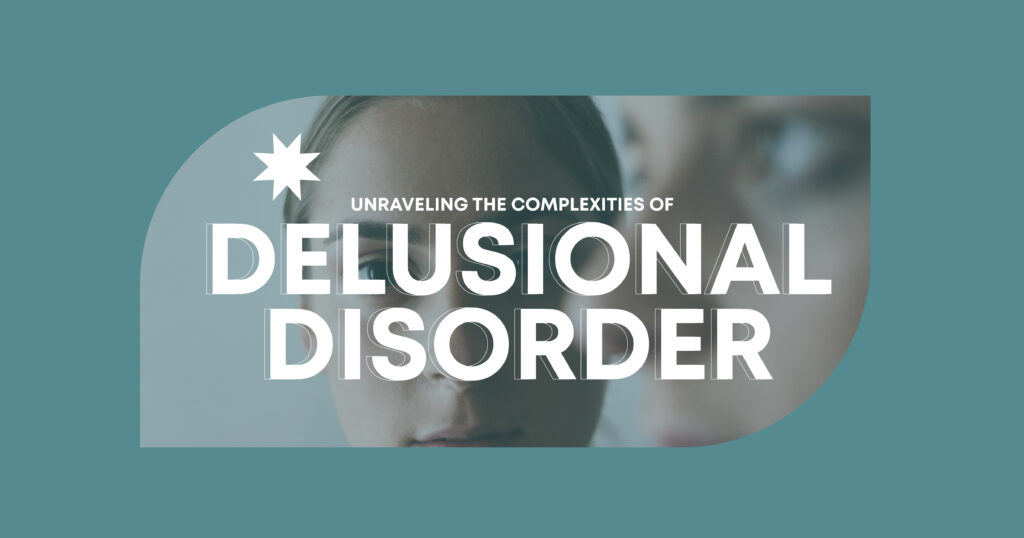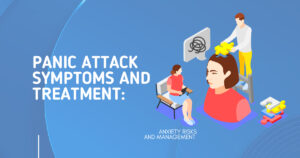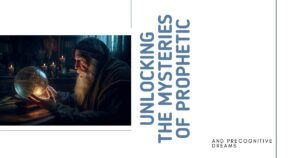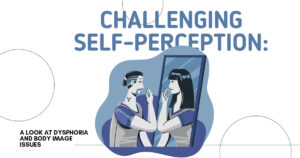Delusional disorder is one of the lesser-known and often misunderstood mental health conditions. While the word “delusion” is often used casually, for those who live with delusional disorder, these false beliefs aren’t just quirks of personality—they are deeply held convictions that resist logic, evidence, and reason. The disorder lies within the spectrum of psychotic disorders, yet it presents uniquely and is often mistaken for other mental illnesses like schizophrenia or bipolar disorder.
This blog aims to shed light on what delusional disorder is, how it manifests, and how treatment—including cognitive behavior therapy (CBT) and psychiatric support—can offer hope.
Understanding Delusional Disorder and Its Impact on Mental Health
Delusional disorder is characterized by the persistent presence of one or more non-bizarre delusions—fixed beliefs that could happen in real life but are not true. These may involve being followed, poisoned, loved from afar, or conspired against. Unlike other psychotic disorders, individuals often function relatively well apart from the delusional area.
Before diving deeper, let’s look at how delusional disorder fits into the landscape of mental illness:
Delusional Disorder quick facts:
- Affects approximately 0.02% to 0.05% of the population
- Onset typically occurs in middle to late adulthood (40s to 60s)
- Individuals may not exhibit disorganized speech or behavior
- Delusions must persist for at least one month
- Daily functioning may remain intact outside of the delusion
Mental Health Center of San Diego
Paranoia and Hallucinations: Key Symptoms of Delusional Disorder
The hallmark symptom of delusional disorder is the delusion itself, but it often coexists with a range of related mental health symptoms—some subtle, some disruptive. Here’s a breakdown of the most commonly observed symptoms:
- Persistent paranoia (believing someone is out to get them)
- Mild to moderate hallucinations (usually not dominant but may appear during stress)
- Social withdrawal or increased suspicion
- Agitation when the belief is questioned
- Anxiety and low mood related to perceived threats
- Insomnia or difficulty concentrating
Differentiating Delusional Disorder from Schizophrenia
Delusional disorder and schizophrenia are both part of the psychotic disorder spectrum, but they are not the same. Delusional disorder is often called “schizophrenia-lite,” but this is a misnomer that can lead to misdiagnosis.
Here’s a comparison to clarify their differences:
| Feature | Delusional Disorder | Schizophrenia |
| Core Symptom | One or more non-bizarre delusions | Bizarre delusions, hallucinations, and disorganized thinking |
| Hallucinations | Rare, mild, and tied to the delusion | Common and varied (auditory, visual, etc.) |
| Functioning | Often maintained | Frequently impaired across all domains |
| Insight into the condition | Often poor | Often absent or distorted |
| Age of onset | Typically in mid-to-late adulthood | Typically late teens to early 30s |
The Role of Cognitive Behavior Therapy in Managing Delusional Disorder
Cognitive Behavior Therapy (CBT) has proven to be one of the most effective non-pharmacological treatments for delusional disorder. It focuses on identifying distorted beliefs, challenging unhelpful thought patterns, and building healthier coping mechanisms.
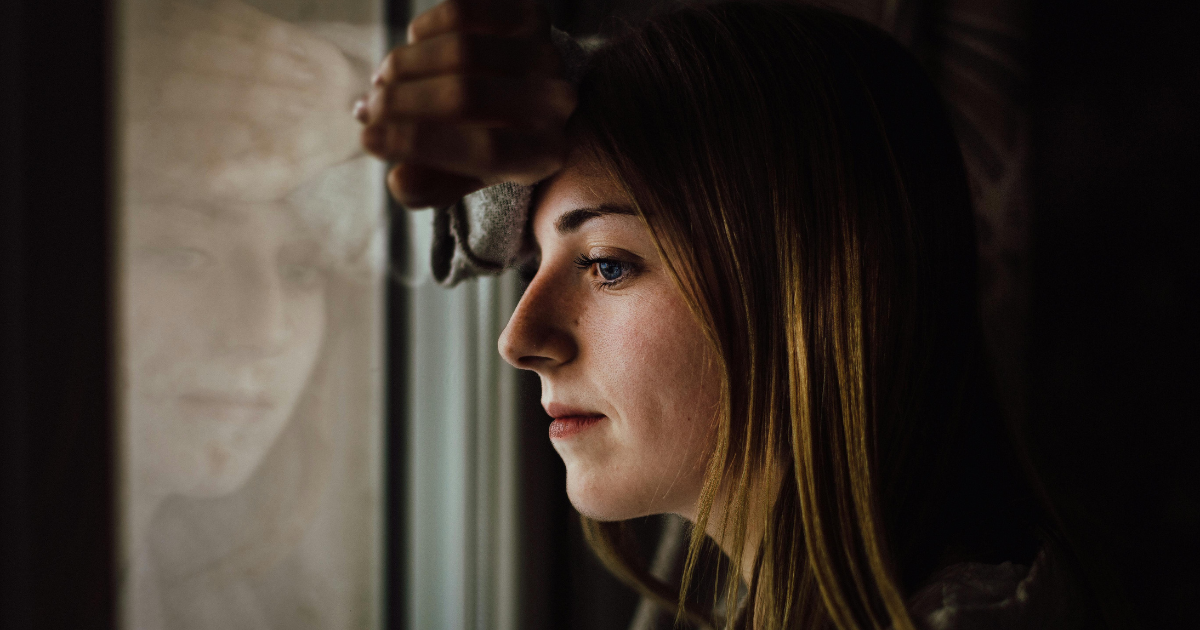
CBT is particularly useful in reducing the distress caused by delusions, even if the delusion itself remains intact.
When incorporated into care:
- Patients learn to examine the evidence for and against their beliefs
- Therapists help reduce reactivity to perceived threats
- Over time, patients develop improved social skills and insight
- CBT techniques often reduce paranoia and related anxiety
- It empowers patients to become collaborative partners in their recovery
Diagnosis of Delusional Disorder: What Clinicians Look For
Diagnosis can be challenging due to the disorder’s subtle presentation. Many individuals appear “normal” and may be high-functioning, which can mask the underlying psychosis.
To diagnose delusional disorder, clinicians typically use:
- A comprehensive psychiatric interview
- Detailed patient history, including social and occupational functioning
- Standardized tools such as the DSM-5-TR criteria
- Neurological and medical assessments to rule out organic causes
Key diagnostic criteria include:
- Presence of one or more non-bizarre delusions lasting at least 1 month
- Absence of other schizophrenia-related symptoms like disorganized speech
- Functioning is not markedly impaired apart from the delusional belief
- If hallucinations are present, they are not prominent and relate directly to the delusion
Mental Health Center of San Diego
Effective Treatment Strategies for Delusional Disorder and Related Conditions
Managing delusional disorder is not a one-size-fits-all process—it requires a personalized approach that adapts to the unique needs, experiences, and insight levels of each individual. While some people may respond well to medication alone, others benefit more from a therapeutic alliance built through talk therapy and structured psychosocial interventions.
The goal of treatment is not just to reduce the intensity of delusional thinking but to improve quality of life, enhance interpersonal functioning, and build resilience against future episodes.
Let’s break down the most commonly used approaches in treatment:
| Treatment Approach | Purpose and Benefits |
| Antipsychotic Medications | Reduce delusional intensity, paranoia, and anxiety by modulating dopamine levels |
| Cognitive Behavioral Therapy (CBT) | Helps patients examine their beliefs, reduce distress, and improve coping mechanisms |
| Supportive Psychotherapy | Builds emotional stability and trust, particularly helpful for patients with limited insight |
| Family or Couples Therapy | Educates loved ones, strengthens support systems, and reduces interpersonal conflict |
| Group Therapy (in selected cases) | Offers peer connection, reduces isolation, and provides social skills training |
| Case Management and Psychoeducation | Addresses life stressors, housing, and employment, and educates patients about their condition |
Medication Management and Antipsychotic Therapy
Antipsychotic medications are often the first line of defense, especially when delusions become distressing or impair functioning.
Some medications that may be used:
- Risperidone reduces psychotic symptoms with fewer side effects
- Olanzapine – adequate but may cause weight gain
- Aripiprazole (Abilify) is often well-tolerated and stabilizes mood
- Haloperidol – older, effective, but can have more extrapyramidal symptoms
These medications help decrease dopamine activity, which is thought to play a role in delusional thinking.
Psychosocial Interventions and Supportive Counseling
Beyond medication and CBT, individuals benefit from broader psychosocial support systems. These strategies help improve functioning, reduce relapse risk, and promote social reintegration.
Some effective interventions include:
- Psychoeducation for patients and families
- Group therapy to reduce isolation and build trust
- Supportive counseling to manage anxiety, fear, or depression
- Case management to help with housing, employment, and health access
- Family therapy to address dynamics that may reinforce delusional thinking
When used consistently, these strategies significantly enhance long-term recovery.
Expert Support for Delusional Disorder—Start Your Journey at Mental Health Center of San Diego
Living with delusional disorder is a deeply isolating experience—but it doesn’t have to be a lifelong sentence. At Mental Health Center of San Diego, we believe in treating the whole person, not just the diagnosis. Our dedicated clinicians take a compassionate, individualized approach using evidence-based strategies.
If you or someone you love may be struggling with a persistent false belief or paranoia, don’t wait. Contact us today to begin the journey toward clarity, connection, and recovery.

Mental Health Center of San Diego
FAQs
- What are the main differences between delusional disorder and schizophrenia in terms of psychosis and paranoia?
Delusional disorder involves persistent, non-bizarre delusions without major hallucinations or disorganized behavior. Schizophrenia includes bizarre delusions, prominent hallucinations, and significant impairment in thinking and functioning.
- How can cognitive behavior therapy assist in reducing hallucinations and paranoia in individuals with delusional disorder?
CBT helps patients challenge irrational beliefs, develop coping skills, and reduce distress linked to delusions. While hallucinations are rare in delusional disorder, CBT can lessen anxiety and improve reality-testing.
- What do mental health professionals focus on during the diagnosis of delusional disorder to distinguish it from other mental illnesses?
Professionals assess the nature, duration, and content of delusions, ensuring they’re non-bizarre and not accompanied by other psychotic symptoms. They also rule out substance use, neurological conditions, and other mood disorders.
- Which treatment strategies are considered effective for managing hallucinations and paranoia associated with delusional disorder?
A combination of antipsychotic medications, CBT, and psychosocial support is typically most effective. These help reduce symptoms, improve insight, and enhance daily functioning.
- How is delusional disorder linked to other mental illnesses, and what role does diagnosis play in developing a successful treatment plan?
Delusional disorder may coexist with depression or anxiety, but it differs from schizophrenia. Accurate diagnosis ensures appropriate treatment, prevents mismanagement, and guides therapy choices.





